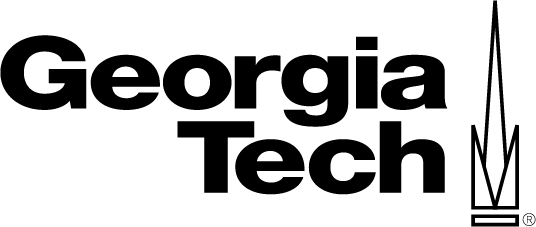|
|
|
|
|
|
PMMA Process:
1. 60 sec spincoat PMMA (see PMMA spin speed curves)
2. 180 C hotplate for 90 sec
3. expose (see dose sensitivity curve for approximate doses)
4. 2 min immersion develop*
5. immerse in IPA for 30 sec
6. N2 dry
*develop options:
Standard develop processes (two options):
1. 3:1 solution of IPA:H2O, develop time = 2 min
The advantage of this develop process is that IPA and H2O are always readily available. MIBK must be special ordered and sometimes we run out. Also, the use of H2O reduces the solvent consumption and might be considered slightly more environmentally friendly.
OR
2. 1:1 solution of MIBK:IPA, develop time = 2 min
Highest resolution (but higher dose, thus longer exposure time)
1. 1:3 solution of MIBK:IPA, develop time = 2 min
Comments:
In general, you can achieve higher resolution by shortening the develop time (down to say 30 sec) and increasing exposure dose. Also, it helps lower the temperature of the devloper (using a cold plate) from lab ambient temperature (about 19 deg C), down to 10 deg C, or even lower. However, these steps add extra effort and process control, so only use them as needed. In general they should not be necessary for feature sizes at or above 40 nm.
PMMA removal:
1. soak in acetone or 1165 (n-methyl pyrrolidinone)
2. O2 plasma
3. piranha clean
Metal liftoff process:
Either 1165 remover (n-methyl pyrrolidinone) or acetone can be used. Usually 1165 (especially heated) will remove resist better than acetone or other solvents. However, sometimes 1165 is harsh for some materials (e.g. it will etch and remove silver completely, and can cause severe line edge roughness with gold pattern if the soak time is too long) and so acetone may be preferrable in those cases.
Liftoff with 1165:
1. heat 1165 to 50 - 70C (measure temperature of liquid with thermometer, not just hot plate set point)
2. place sample in heated 1165 (can place in before it comes to temperature also), the time for this step varies, usually it takes ~2 hrs
3. optional step: can place in ultrasonic for 5 sec or more (depends on device, can damage some structures)
4. rinse with acetone, methanol, isopropanol (otherwise 1165 will leave an oily residue)
Liftoff with acetone:
1. soak in acetone, the time for this step varies, depending on pattern density, can be as much as a few days or a few minutes. Typical liftoff time is usually between 2 hours to 12 hours. Lower density and small nano feature take longer than high density and large features.
2. flow acetone over wafer using squeeze bottle to remove large pieces of metal
3. place in fresh acetone in a container and float in ultrasonic bath for 5 sec or more (sometimes up to 15 minutes)
4. rinse with acetone, methanol, isopropanol
Notes:
Sometimes it is helpful to do two sequential baths, where large pieces come off in the first bath, and the liftoff can be accelerated during this step by using a squeeze bottle of either 1165 or acetone to help break up the pieces more quickly.
Then, after most of the large pieces have been removed, the sample can be placed in a second new container of the solvent. This helps to keep pieces from redepositing onto the sample.
|


